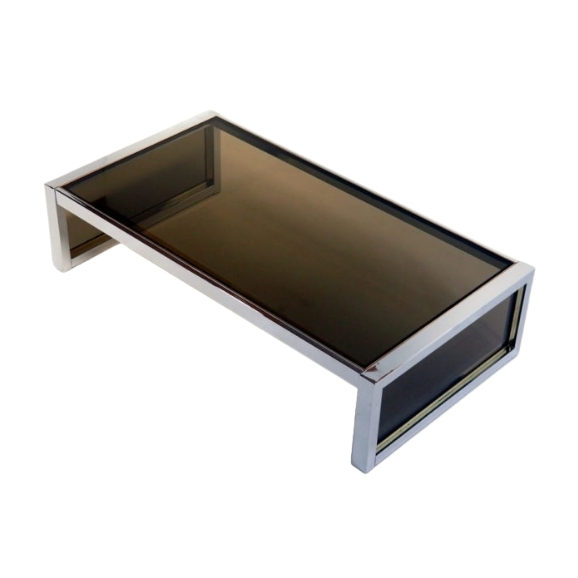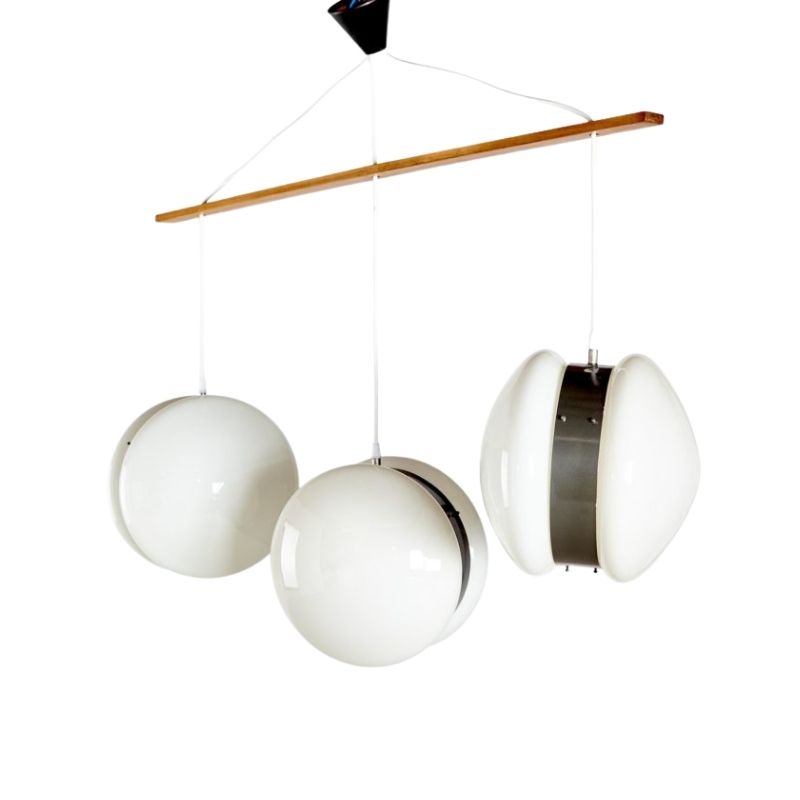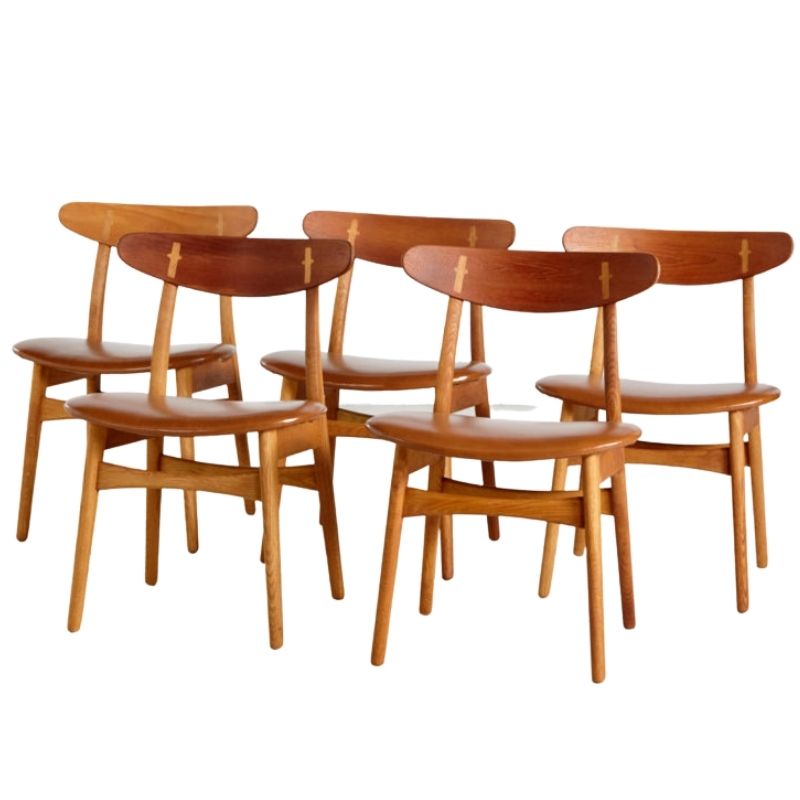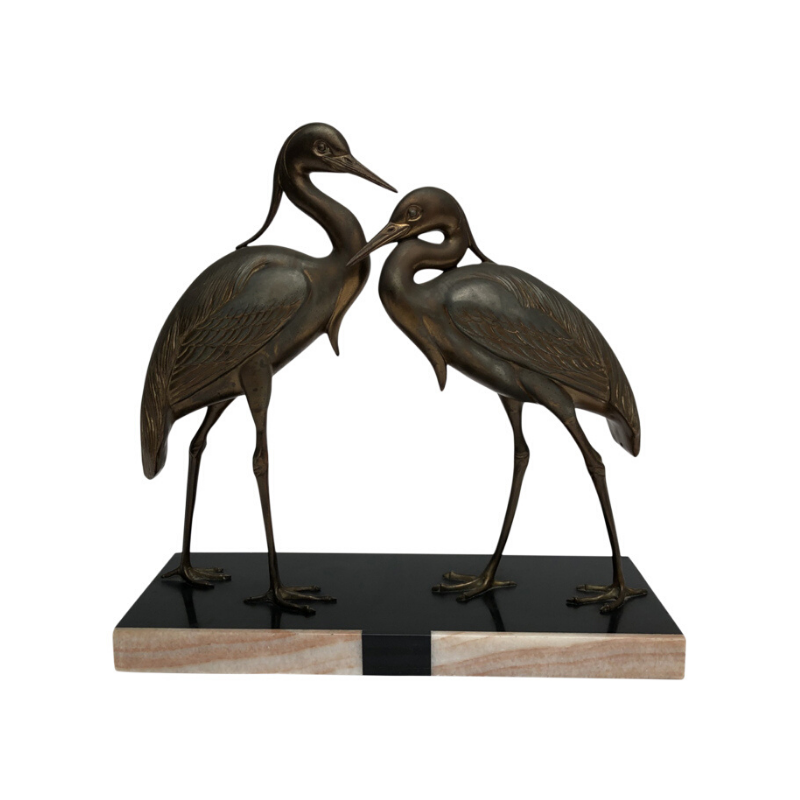I'm
not sure everyone is convinced, yet -- but thanks.
I wonder if it is possible that there are two species of veneer on that chair. . .
As for the selection-vs-random issue -- my first job in the field, in the 'sixties, was for a kitchen cabinet business which used Formica's lines of wood-grained laminates. Every 4x10 sheet of laminate had about two complete repeats of the (apparently random) pattern across the sheet, and about three repeats along the length (as I remember it). Any of the parts that made up a cabinet and its doors were likely to contain identical pieces of the pattern (which may have started with a photograph of wood but clearly contained a lot of "art," if only to achieve the seamless repeats of the pattern).
We were instructed to do no selecting at all, in cases where we had a choice as to which way a laminated part was oriented, or which door to place next to another. The laws of averages (or whatever) seemed to operate in such a way that there were surprisingly few embarrassing visible pattern repeats -- instances of an identical piece of the pattern occurring twice in succession, like a visual hiccup.
funnily enough that sounds...
funnily enough that sounds much like my first job, starting at the bottom perhaps 🙂 Although I'm sure actually producing the formica would be a worse job.
I dislike the stuff now, like mdf it has its place in jigs and for lining molds but for furniture not so much, the plain colours are ok but when I see it on on an Eames surfboard table I just see a chipped and impossible to repair edge.
Could the chair be a mongrel?
Yeah --
I think the solid colors have some limited use in furniture/cabinetry.
My dad told me that the name Formica had one of two sources: either it came from the fact that the company was started by FORmer employees of the MICArta company (owned then or later by General Electric ?) or that it meant that the material was to be a replacement For Mica (the mineral substance with some application in electronics, etc -- as an insulator ? Dad was a mechanical engineer with Goodyear (Akron, where I was born) during the war.
The argument against the chair being made of mismatched parts (if that's what you intended) is that the seat and back seem to have matching (?) parallel-grain faces -- with the back being (as we guess) reversed. But anything's possible with this monkey. . .
my vote? calico ash
Google "calico ash" and Eames Office will be one of the first items up. They have a good example shown. They also have an order sheet showing the available wood types for that year for the various products.
DCW's were produced from 1946-1953 according to Leslie Pina's book. His book lists the dominant woods of 1948 only(still Evans) as birch, walnut and calico ash. No mention of 1946 or 1947. 2 rosewood and 8 mahagony were made, but it is not stated if these were LCW's or DCW's.
Looking at your photos, your chair looks much like my LCW which I believe to be calico ash and has the 5-2-5 screw pattern.
I measured the veneer seam on my chair back and it is off center on the front by about 0.5cm. I had never noticed it before until you mentioned/showed this. The back is more easily noticed since the shockmount is clearly centered. Maybe this was rather common.
Khus
more calico
of course, when I tried to google image "calico ash", it no longer comes up right off. Time shuffles the google cards.
Did find this chair advertised. Says has label showing calico ash. http://www.kaboodle.com/reviews/charles-and-ray-eames-for-evans-products...
Here's a link to the screen shown in eames office: http://www.eamesoffice.com/vintage/worksheet_detail.php?id=117
I didn't
know there was something called "calico ash." The ash I've seen on Eames chairs looks as I expect ash to look -- with a defined hairline border around each area of the grain, and similar dark pin-flecks in the more "open" areas of the wood. Your calico ash doesn't seem to present those characteristics. . .
Frankly, I have no idea what...
Frankly, I have no idea what type of wood this is. The Eames did experiment/use exotic woods during the Evans production period. An LCW made using Avodire, was recently auctioned. So teak is plausible.
http://cgi.ebay.com/Eames-LCW-1946-47-Herman-Miller-Mid-Century-Evans-la...
If you need any help, please contact us at – info@designaddict.com









